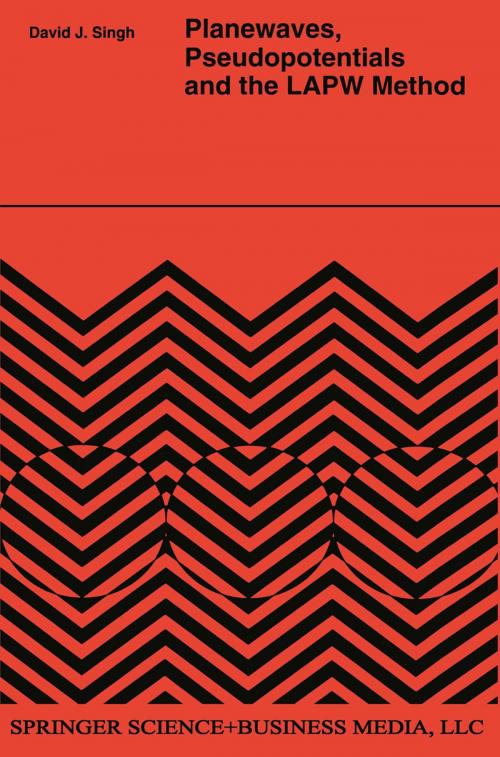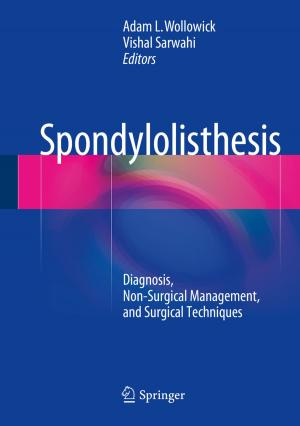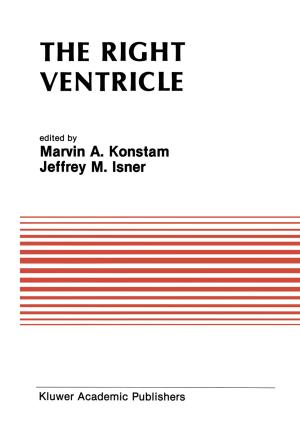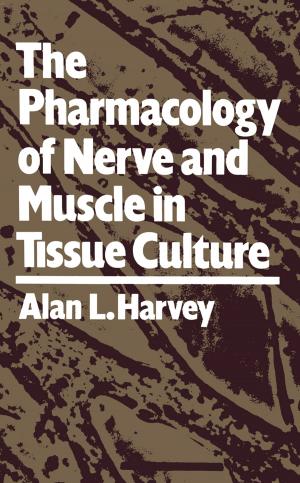Planewaves, Pseudopotentials and the LAPW Method
Nonfiction, Science & Nature, Technology, Material Science, Electronics| Author: | David J. Singh | ISBN: | 9781475723120 |
| Publisher: | Springer US | Publication: | June 29, 2013 |
| Imprint: | Springer | Language: | English |
| Author: | David J. Singh |
| ISBN: | 9781475723120 |
| Publisher: | Springer US |
| Publication: | June 29, 2013 |
| Imprint: | Springer |
| Language: | English |
Over the past decade the world's technological and industrial base has become increasingly dependent on advanced materials. There is every indication that this trend will accelerate and that progress in many areas will increasingly depend on the development of new materials and processing techniques. A second and equally significant trend is the continuing ascent of the information technologies, which now touch almost every aspect of life in some way. In this environment it is natural that there is a strong interest in using numerical modeling in materials science.
With its extreme accuracy and reasonable computational efficiency, the linearized augmented plane wave (LAPW) method has emerged as the standard by which density functional calculations for transition metal and rare-earth containing materials are judged. Planewaves, Pseudopotentials and the LAPW Method presents a thorough and self-contained exposition of the LAPW method, making this powerful technique more accessible to researchers and students who have some familiarity with local density approximation calculations. Theory is discussed, but the emphasis is on how practical implementation proceeds. In addition, the author suggests future directions for adapting the LAPW method to simulations of complex materials requiring large unit cells. He does this by elucidating the connections between the LAPW method and planewave pseudopotential approaches and by showing how Car--Parrinello type algorithms can be adapted to the LAPW method.
Planewaves, Pseudopotentials and the LAPW Method is a valuable resource for researchers already involved in electronic structure calculations, as well as for newcomers seeking quick mastery of the LAPW technique.
Over the past decade the world's technological and industrial base has become increasingly dependent on advanced materials. There is every indication that this trend will accelerate and that progress in many areas will increasingly depend on the development of new materials and processing techniques. A second and equally significant trend is the continuing ascent of the information technologies, which now touch almost every aspect of life in some way. In this environment it is natural that there is a strong interest in using numerical modeling in materials science.
With its extreme accuracy and reasonable computational efficiency, the linearized augmented plane wave (LAPW) method has emerged as the standard by which density functional calculations for transition metal and rare-earth containing materials are judged. Planewaves, Pseudopotentials and the LAPW Method presents a thorough and self-contained exposition of the LAPW method, making this powerful technique more accessible to researchers and students who have some familiarity with local density approximation calculations. Theory is discussed, but the emphasis is on how practical implementation proceeds. In addition, the author suggests future directions for adapting the LAPW method to simulations of complex materials requiring large unit cells. He does this by elucidating the connections between the LAPW method and planewave pseudopotential approaches and by showing how Car--Parrinello type algorithms can be adapted to the LAPW method.
Planewaves, Pseudopotentials and the LAPW Method is a valuable resource for researchers already involved in electronic structure calculations, as well as for newcomers seeking quick mastery of the LAPW technique.















